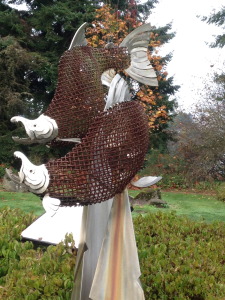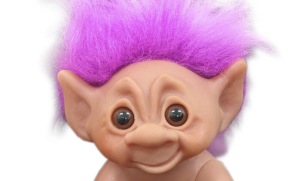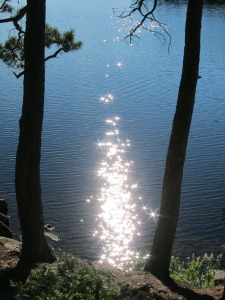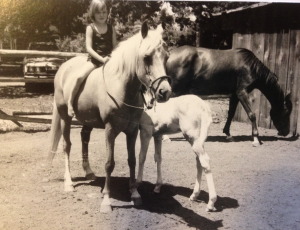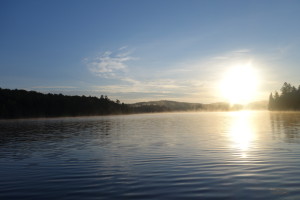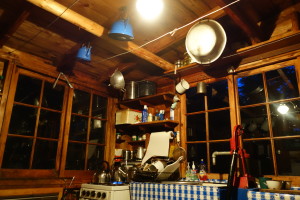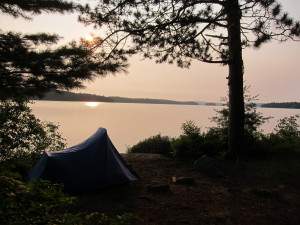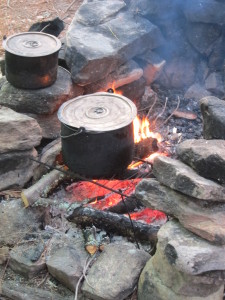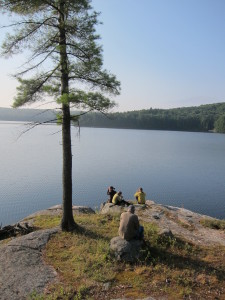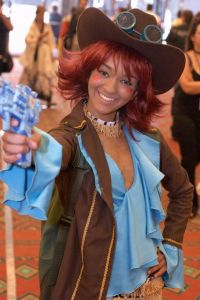
Children’s literature is powerful.
I know this because certain books have changed my life. They have changed the way I view the world and my place in it.
I know this because of the brouhaha that explodes whenever some journalist writes about whether young adult fiction is too dark, too complex, too negative, too whatever.
I know this because of the #YAsaves response to criticism of darkness in YA.
I know this because the campaign to increase diversity in children’s literature has taken over my internet feeds and sent reverberations through media culture in general. (Check out #WeNeedDiverseBooks)
The companion to the power and influence of children’s literature upon real, live, beating-heart humans is the pressure it puts on me as a writer of children’s literature to “do it right.”
Author Christa Desir captured this exactly in her review of THE BUNKER DIARY by Kevin Brooks. (Read the whole thing here.)
I’m fascinated by the burden of responsibility that seems to fall on the shoulders of those of us who write for children. I’m not completely clear who decided on the rules about YA books, but there seems to be an insistence that if the books are going to be about difficult things, then they need to somehow “save”. I have long hesitated at this notion that YA Saves because I think it puts us in the position that we must then acknowledge that the opposite can be true too. That if we’re going to assert that YA books save lives, then we have to allow that they can damage people. And this power makes me very uncomfortable.
I am only me and yet I am trying to write about people different from me with experiences far broader than my own. I want to “do it right.” I want to be authentic and reflective and respectful and honest. I want my books to be “true” even in fiction.
And in all this striving to tell stories that stretch beyond me, there is a very real danger of paralysis as a writer. In a recent conversation with my coauthor Kiersi Burkhart about our middle grade series Second Chance Ranch, I found myself expressing some very real fears about my ability to write diversity. I care so much about doing it right that I was afraid to do it at all. I can’t write about gamers. I can’t write about an overweight character. I can’t write about a black girl.
But the alternative?
Not writing.
Or worse, only writing about a bunch of skinny white girls who love horses.
I can’t face either of those alternatives.
In the midst of all this angst, I found Kate Brauning‘s wonderful post on Pub Hub about Writing Ethical YA. You absolutely must click here and read the whole thing, but let me leave you with the line I found most encouraging, the one that allowed me to shake off the paralysis.
If you’re showing real life and helping fill in the gaps, you’re doing just fine, and I want to read your book.
Thank you, Kate. This is exactly what I needed to hear. Now to get back to that black cowgirl who loves cosplay and isn’t super psyched about her weight…

